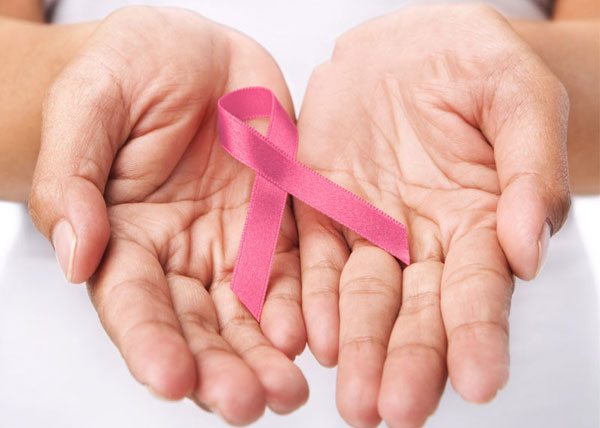More than 1 million American women have treated excessive cancer
Scientists say more than 1 million women in the United States have undergone unnecessary cancer treatment over the past 30 years because X-ray films detect benign tumors.
This result caused new doubts about the effectiveness of this cancer screening tool, which was already controversial, although its purpose was to help detect tumors before they spread and difficult to treat.
To get this figure of more than 1 million, the researchers compared the number of early and late detected breast cancer cases among women aged 40 and older during the 1976s-to-be period. in 2008.
Their analyzes show that since the screening became a norm in the United States, the number of early breast cancer cases has doubled; In recent years, doctors have discovered tumors in 234 out of 100,000 people taken. However, during the same period, the proportion of women diagnosed with end-stage breast cancer decreased by only 8%, from 102 to 94 out of 100,000 cases.

In the study in the New England Journal of Medicine, authors Gilbert Welch of Faculty of Medicine Dartmouth and Archie Bleyer of Oregon Medical and Science University said: 'We think breast cancer has been Excessive diagnosis, in particular, tumors detected by the tracer tool will never lead to incurable symptoms for 1.3 million American women in the past 30 years. In 2008, breast cancer was over-diagnosed in more than 70,000 women, accounting for 31% of diagnosed breast cancers.
The authors emphasize that these women are more likely to undergo major medical interventions, including surgery, radiotherapy, hormone therapy and chemotherapy, which are the only solutions used when necessary.
They concluded that a significant reduction in the proportion of breast cancer deaths that could be best explained is a positive change in treatment rather than an early detection through the screening process.
The study is a voice that adds to the work published in recent years, which has been skeptical about whether X-rays are a tool to prevent cancer.
A study conducted in Norway showed that regular x-rays helped reduce the risk of breast cancer death by nearly 10%, but another study, comparing European countries, applied this method in years. 1990 and popular use in the 2000s, concluded that this tracing tool did not help reduce the number of deaths.
Earlier in 2009, a group of independent experts commissioned by the US government reviewed the recommendations about when and how much women should have X-rays. The group reported that most women should take this measure at age 50 instead of working at age 40. However, another article also published in the New England Journal of Medicine argues that despite diagnosis Overdoing this, women should start shooting at age 40.
Although progress has been made, breast cancer is still the most common cancer of women and is the reason why most women in the world die. Each year, 1.4 million cases of breast cancer are diagnosed worldwide.
- New prospects for women with radiation therapy still have children
- Cancer treatment: There have been many new techniques
- For the first time, a case of terminal cancer is treated
- Cure cancer with gene therapy
- Cancer killed 7.6 million people in 2007
- Genetic testing helps change the way breast cancer is treated
- 6 common cancers in women
- How is cancer treated?
- Why are more men dying of cancer than women?
- The most common health risks in women
- 2 types of cancers that women with long legs are often prone to
- Bitter women are prone to cancer
 Green tea cleans teeth better than mouthwash?
Green tea cleans teeth better than mouthwash? Death kiss: This is why you should not let anyone kiss your baby's lips
Death kiss: This is why you should not let anyone kiss your baby's lips What is salmonellosis?
What is salmonellosis? Caution should be exercised when using aloe vera through eating and drinking
Caution should be exercised when using aloe vera through eating and drinking